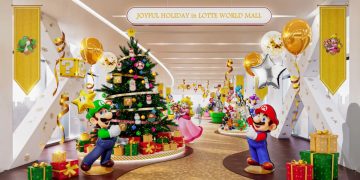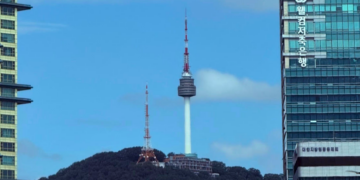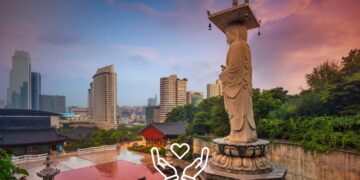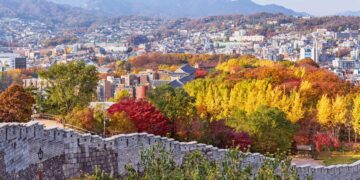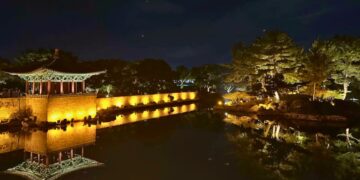Last Updated on 2 years by admin
Explore the charm of Korea’s traditional Hanok villages, where ancient architecture meets modern living. Discover why these famous hanok villages are must-visit destinations. And, visit to experience the beauty and evolution of Hanok living in the middle of modern Korea.
Hanok Villages’ Attraction
Hanok villages symbolize Korea’s rich cultural heritage, renowned for their traditional Korean houses known as ‘Hanok.’ These villages have gained fame for their distinctive architectural style, harmonizing with nature and embodying ancient Korean residential construction principles. Furthermore, the architecture of Hanok emphasizes the balance between the building and its natural surroundings. It features gently curved roofs, wooden structures, and a unique heating system called ‘ondol,’ which warms floors during cold winters.
Interestingly, Hanok villages offer a glimpse into Korea’s historical lifestyle, contrasting starkly with the modern skyscrapers in cities like Seoul. These villages are popular tourist destinations, attracting visitors with their aesthetic appeal and the opportunity to experience traditional Korean culture. The preservation of these villages underscores Korea’s dedication to maintaining its historical identity amidst rapid modernization, making them a cherished part of Korea’s cultural landscape and a significant tourist attraction.
Top 3 Hanok Villages
1. Eunpyeong Hanok Village
Address: 193-14 Jingwan-dong, Eunpyeong-gu, Seoul
Operating hours: 24 hours (closed on Monday)
Website: hanok.seoul.go.kr
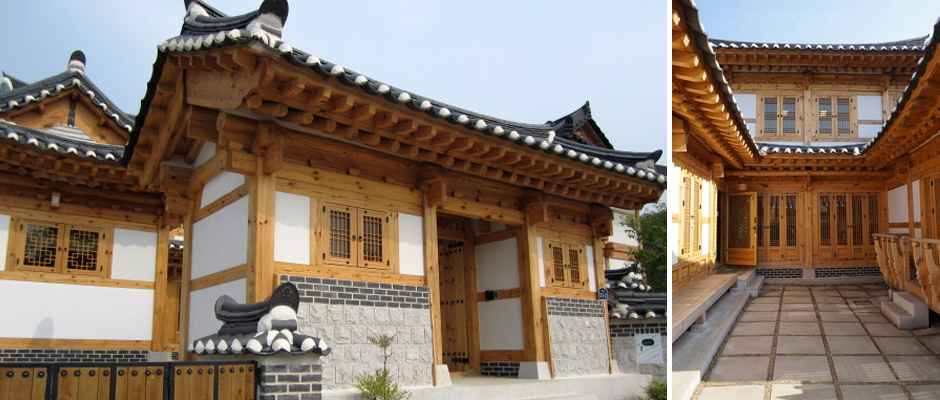
In December 2014, Eunpyeong Hanok Village emerged as the most extensive modern Hanok housing complex in the capital region. These contemporary Hanoks are crafted to amplify the strengths and address the limitations of traditional Hanoks. They are seen as a progressive step in the evolution of urban Hanoks, focusing on cost-effective construction and enhanced living features. This initiative marks a significant stride in shaping the future of Hanok-inspired urban dwellings.
2. Jeonju Hanok Village
Address: 99, Kirin-daero, Wansan-gu, Jeonju-si, Jeonbuk
Operating hours: 24 hours
Website: hanok.jeonju.go.kr
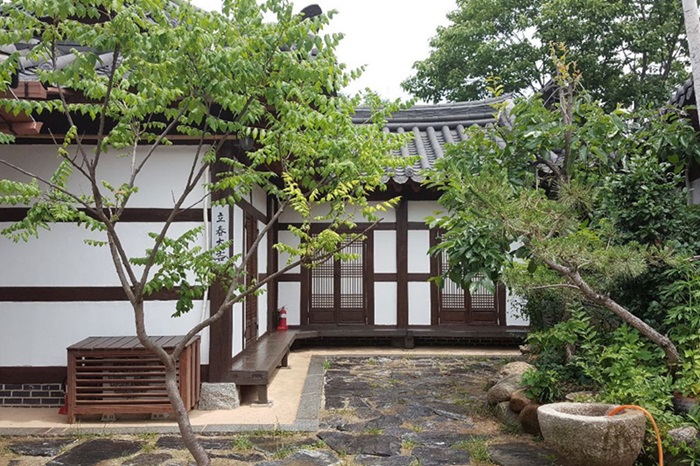
Jeonju Hanok Village is an essential tourist destination in Jeollabuk-do, South Korea. Known for its beautifully maintained Hanok houses that showcase traditional Korean architecture, the village offers a journey into Korea’s rich cultural past. Visitors can stroll through the streets and are immersed in a historical ambiance. Moreover, the village is a cultural gem and a culinary hotspot, famed for its local dishes like bibimbap. Adding to the experience, nearby sites such as the Jeonjuhyanggyo Confucian School offer insights into Confucianism. In contrast, Gyeonggijeon Shrine, with its portrait of King Taejo, the founder of the Joseon Dynasty, adds a historical depth to the visit.
Find: A Complete Guide to Jeonju Hanok Village
3. Bukchon Hanok Village
Address: 37, Gyedong-gil, Jongno-gu, Seoul
Operation hours: 10.00 – 17.00 (Closed on Sunday)
Website: hanok.seoul.go.kr
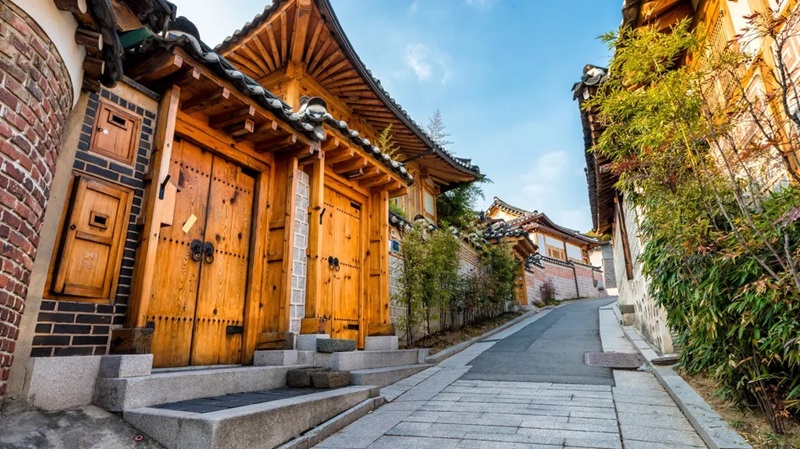
Originally, Bukchon was a residential quarter for the Joseon Dynasty’s nobility, remaining primarily unchanged until the 1920s. In the 1930s, with the expansion of Seoul’s administrative areas, this neighborhood transformed into its current form. Housing developers acquired extensive lands, constructing clusters of medium-sized traditional Korean houses (hanok) in areas like Gahoe-dong, Samcheong-dong, and Gye-dong.
These hanok underwent modern renovations, such as adding glass doors and updating roof materials while retaining their traditional essence. They adapted to the urban landscape, becoming a new form of city dwelling.
The construction of Bukchon’s hanok was efficient, using standardized timber to meet the high demand for housing. These homes balanced traditional features with the necessities of urban living.
Bukchon’s hanoks are characterized by a blend of classical techniques and ornamental designs. Despite differing from older hanoks with features like lower roof slopes and altered structural measurements, they encapsulate the elegance of traditional Korean architecture. They reflected urban housing needs and represented a new residential model for a modernizing city.
Our editors independently select all products featured on KoreaTravelPost. However, we may earn an affiliate commission when you buy or book something through our retail links.
From picturesque landscapes to hidden gems and cultural adventures, follow KoreaTravelPost’s Twitter, Facebook, Instagram, LinkedIn, and Flipboard for a thrilling journey through the heart of Korea.
Related Posts
6,383 total views, 2 views today


